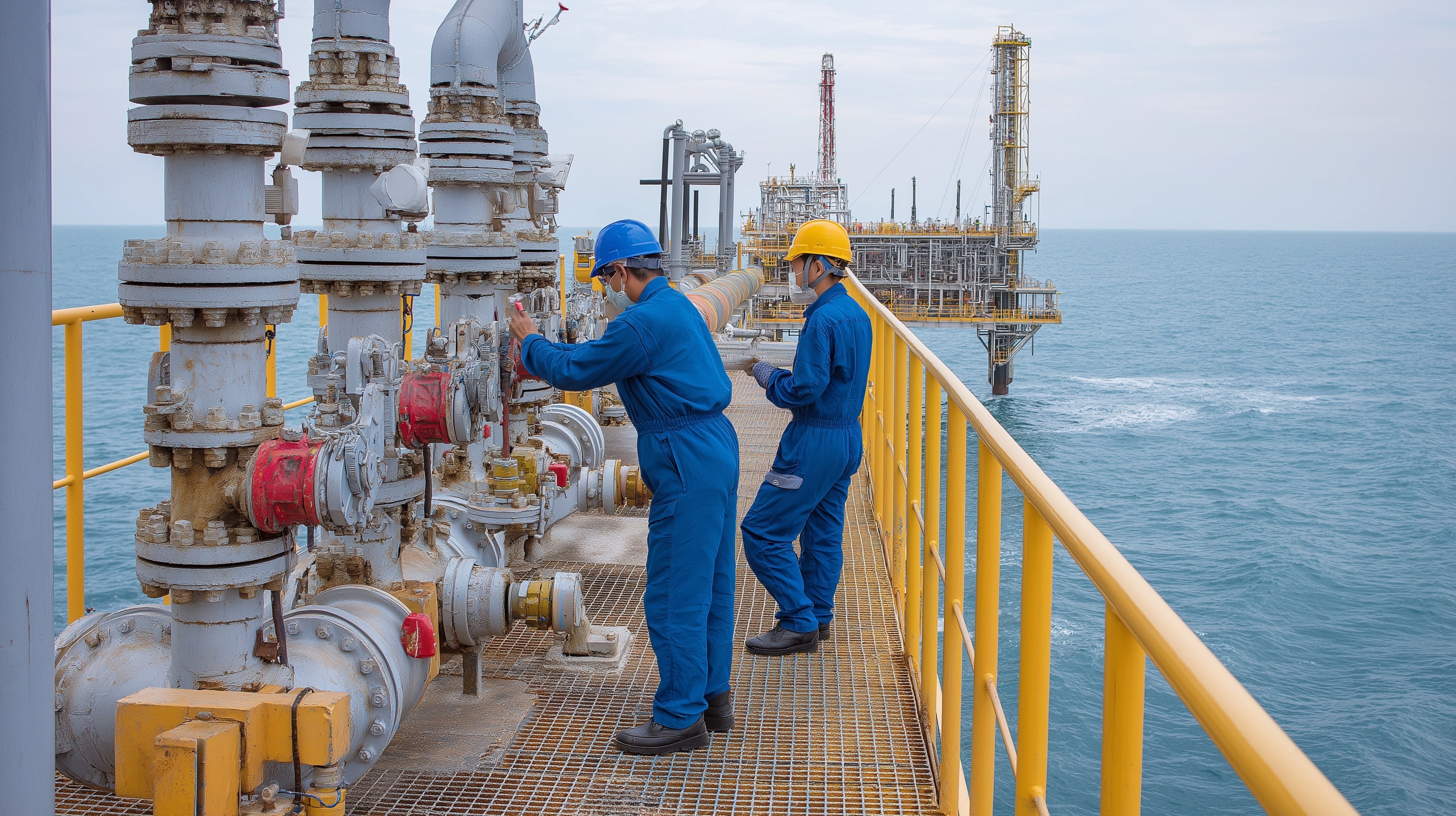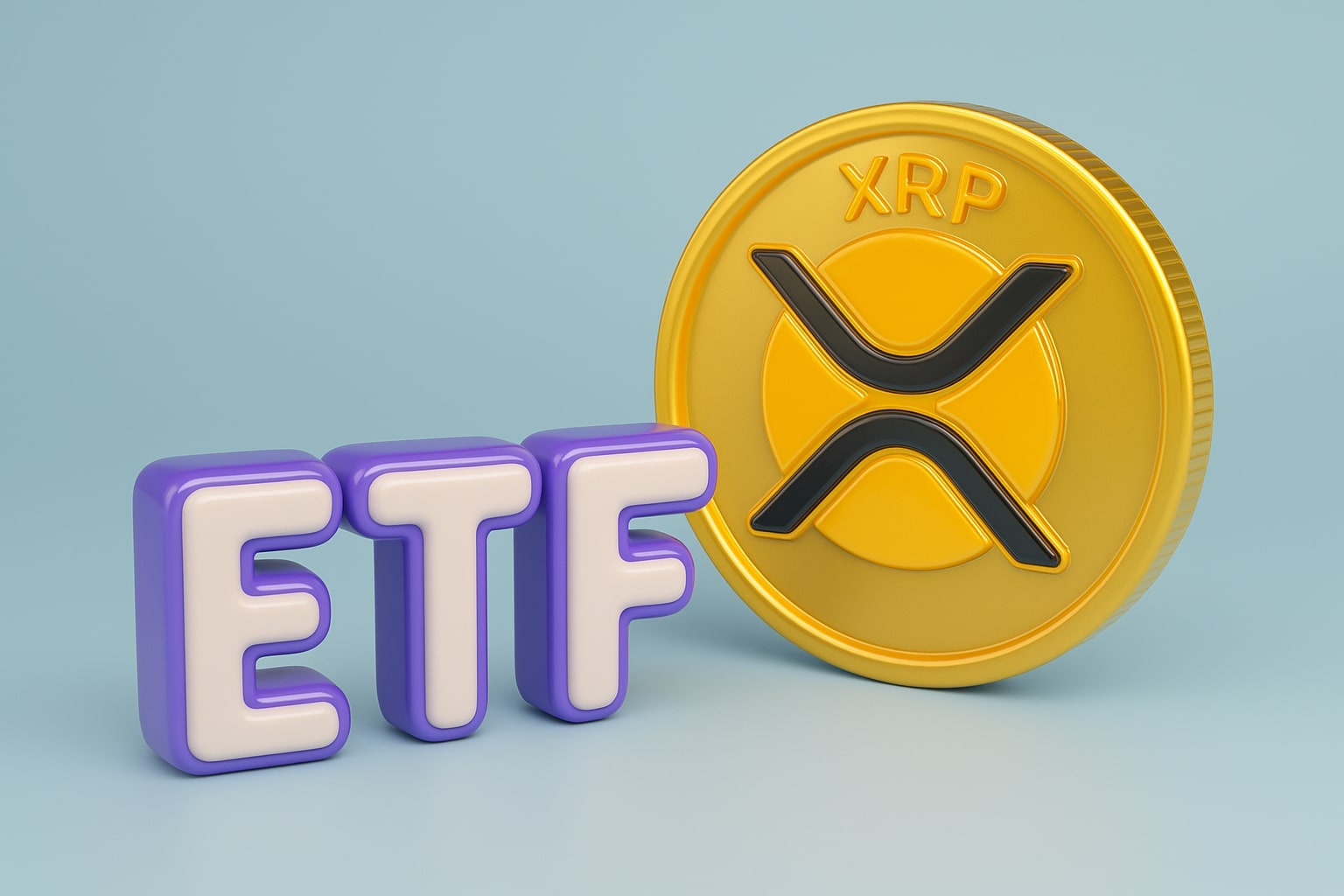
Natural Gas Price Forecast (NG=F) Drops to $2.88 as Oversupply, Record U.S. Storage, and EU Sanctions Pressure Prices
Henry Hub futures fall below $3.00 after a surprise inventory surge, with AECO hub collapsing into negative territory. U.S. LNG export deals with Europe and winter demand remain the key upside drivers as traders eye $2.85 support and resistance at $3.15 | That's TradingNEWS
Natural Gas (NG=F) Faces $2.85 Test as U.S. Inventories Surge, EU Pushes Russian LNG Ban, and Canadian Prices Collapse
Henry Hub Futures Under Pressure Below $3.00
Natural Gas futures tied to the Henry Hub benchmark extended losses last week, sliding to $2.88 per MMBtu after breaking below the psychological $3.00 threshold. The weekly EIA report showed an inventory build of 90 bcf, far above the five-year average of +74 bcf and higher than forecasts of +81 bcf. This unexpected build reinforced concerns that the U.S. will enter the winter season with record storage, leaving the market vulnerable to price weakness unless cold weather arrives early. Technicals confirm the bearish tone: prices trade beneath both the 25-day and 50-day EMAs, with the “death cross” still intact. Short-term support sits at $2.85, with a deeper pullback opening the door to $2.80. On the upside, resistance lies first at $3.03 and then $3.15, where sellers have capped rebounds for months.
EU Energy Strategy and U.S. LNG Opportunity
Europe’s gas balance remains a decisive factor. The EU is accelerating plans to phase out Russian LNG imports, potentially before the original 2027 deadline. Russian flows, which made up 19% of EU LNG imports in 2024, have fallen sharply since the Ukraine war. In response, the European Commission is preparing sanctions that could permanently restrict Moscow’s access to the bloc’s energy market. That shift benefits the U.S., which already exports about 50 bcm annually to Europe. Under a new trade deal, the EU pledged to buy $750 billion of U.S. LNG over three years, cementing America’s role as the replacement supplier. The result is a paradox: while U.S. domestic gas prices weaken on oversupply, export demand offers a medium-term floor.
Weather and Seasonal Factors Driving Q4 Expectations
Forecasts for an unusually warm start to October are weighing on demand outlook. Analysts expect U.S. storage to add roughly 270 bcf between late September and mid-October, more than enough to cover early heating needs. That implies the market can withstand the first cold snap without triggering panic buying. European benchmarks reflect this comfort: the Dutch TTF contract slipped 1.3% to €32.26/MWh last week as storage sites across the continent remain 82.3% full, a level far above the seasonal average. Unless temperatures plunge quickly, both U.S. and European prices are likely capped in the short term.
Canada’s AECO Crash and North American Supply Glut
North American gas supply pressures intensified when Canada’s AECO hub collapsed into negative territory. Prices fell to -C$0.81/GJ, the lowest since records began in 1999, after equipment issues at the LNG Canada plant on British Columbia’s coast created a local supply choke. This unprecedented collapse underscores the fragility of regional pipeline and export infrastructure. Alberta’s benchmark had previously peaked at C$3.68 in February, but without sufficient takeaway capacity, surpluses now drag values below zero. The shock adds another bearish input to the continent’s already oversupplied market.
Read More
-
PFFA ETF Nears $21.50 as Rate Cuts and 9.49% Yield Spark Renewed Demand
29.11.2025 · TradingNEWS ArchiveStocks
-
XRPI and XRPR ETFs Ignite Ripple’s Institutional Rally as Inflows Near $1B and XRP Holds $2.20
29.11.2025 · TradingNEWS ArchiveCrypto
-
Natural Gas Price Forecast - NG=F Blasts to $4.85 as Demand Surge Fuel Multi-Month Breakout
29.11.2025 · TradingNEWS ArchiveCommodities
-
USD/JPY Price Forecast - Yen to Dollar Slides to 156.10 as Yen Strengthens on Fed Cut Expectations
29.11.2025 · TradingNEWS ArchiveForex
Bakken and U.S. Production Expansion
Meanwhile, associated gas production in the Bakken shale is hitting new records. North Dakota’s gas-to-oil ratio climbed to 3.03 Mcf per barrel, highlighting how crude drilling continues to swell gas output. Production near 3.5 bcf/d is straining takeaway infrastructure, prompting WBI and Bison Xpress pipeline projects to accelerate. Even as LNG export demand grows, the pace of U.S. production increases risks overwhelming available capacity until new pipelines and liquefaction trains come online. The Potential Gas Committee recently boosted technically recoverable Lower 48 reserves by 16% in just two years, underscoring the long-term supply ceiling.
Technical Triggers and Market Sentiment
Chart signals remain mixed but important. The RSI hovers near 43, pointing to weak momentum but not extreme oversold conditions. A clean rebound above the 200-day EMA at $3.05 could restore bullish momentum toward $3.50 and even $4.00 as winter demand strengthens. Conversely, a daily close under $2.80 risks another leg down toward $2.60. The volatility of Friday’s November contract rollover, which saw a gap lower followed by a partial rebound, shows traders are testing both sides of the market aggressively.
Investment Outlook: Buy, Sell, or Hold?
At $2.88, Natural Gas (NG=F) is trading at levels that embed bearish sentiment around oversupply but ignore the looming winter demand surge and geopolitical premium from Europe’s Russian pivot. Canadian negative prices and U.S. inventory builds highlight near-term downside risks, but the export outlook—especially with Europe’s $750 billion LNG pledge—creates a long-term floor. With technical support at $2.85 holding for now, the stance is Hold with accumulation on dips, positioning for a recovery toward $3.50–$4.00 as Q4 heating season kicks in and LNG shipments tighten balances.



















